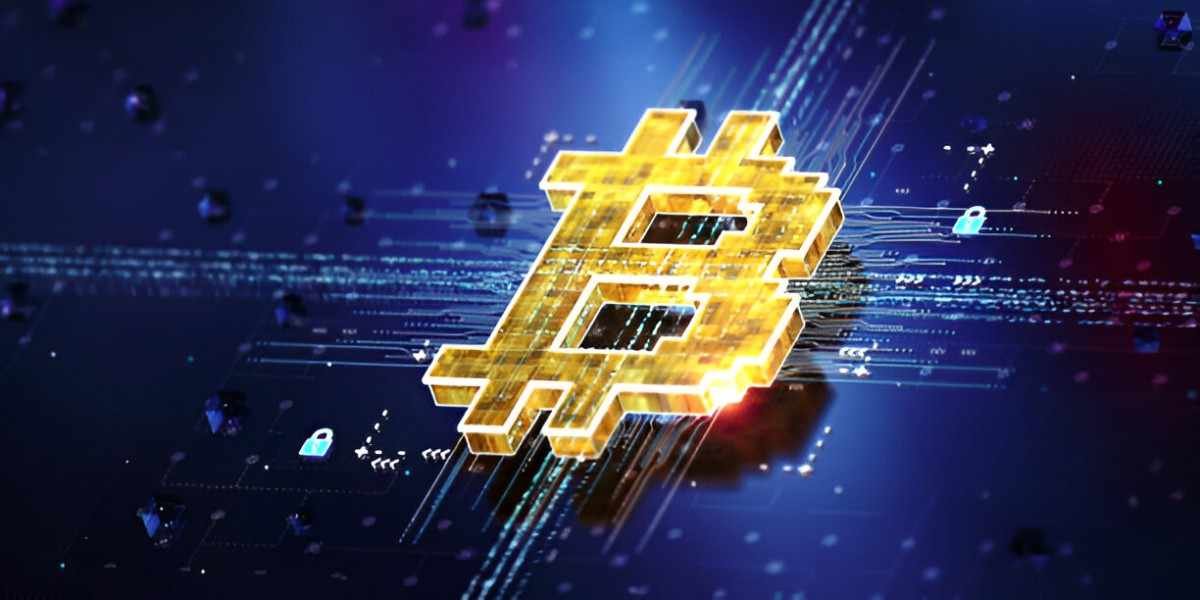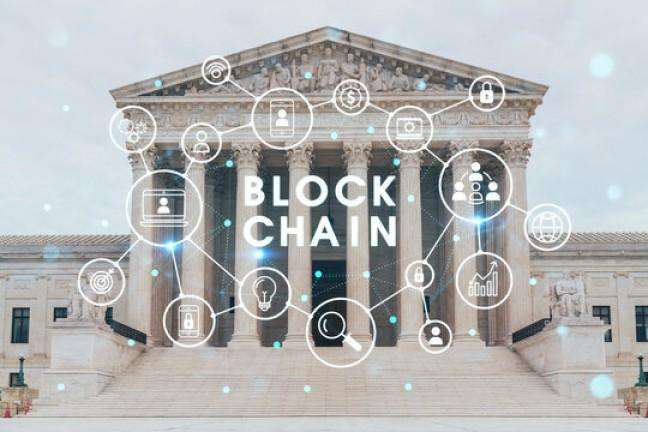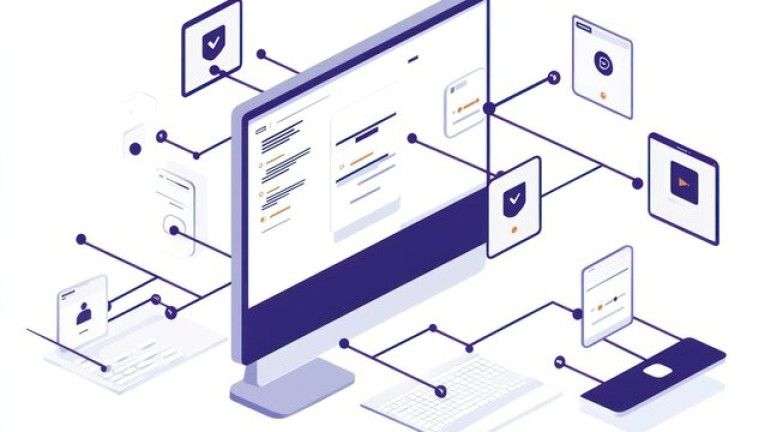Introduction
AIA blockchain represents a shift in how businesses handle transactions, data security, and automation. It offers a decentralized approach that eliminates intermediaries, reducing costs and increasing efficiency. In this article, I will explore its mechanics, benefits, and practical use cases, comparing it with traditional systems.
Table of Contents
What is AIA Blockchain?
AIA blockchain is a distributed ledger technology (DLT) designed to enhance security, transparency, and automation in various industries. Unlike conventional centralized systems, it operates on a peer-to-peer network, reducing single points of failure.
How Does AIA Blockchain Work?
AIA blockchain uses cryptographic techniques to secure data. Every transaction gets recorded in a block, linked chronologically to form an immutable chain. This ensures transparency and prevents data manipulation.
Key Components of AIA Blockchain
| Component | Function |
|---|---|
| Nodes | Participants maintaining the blockchain |
| Consensus Mechanism | Rules that validate transactions |
| Smart Contracts | Self-executing contracts with predefined rules |
| Cryptographic Hashing | Converts data into secure, fixed-length strings |
Comparing AIA Blockchain and Traditional Systems
| Feature | AIA Blockchain | Traditional Systems |
|---|---|---|
| Centralization | Decentralized | Centralized |
| Security | High due to cryptography | Vulnerable to breaches |
| Transparency | Public and immutable | Restricted access |
| Speed | Fast transactions | Slower due to intermediaries |
| Cost | Reduced transaction fees | High operational costs |
Real-World Applications of AIA Blockchain
AIA blockchain finds applications across industries. Let’s examine a few key areas:
1. Finance and Banking
Banks traditionally rely on intermediaries, leading to delays and extra costs. AIA blockchain enables peer-to-peer transactions, reducing settlement times.
Example Calculation: Cross-Border Payment
- Traditional bank transfer: $1,000 sent from the U.S. to India may incur $50 in fees and take three days.
- AIA blockchain transfer: The same amount incurs $5 in network fees and settles in minutes.
2. Supply Chain Management
Blockchain ensures end-to-end transparency in supply chains. Companies can track shipments in real-time, reducing fraud and inefficiencies.
| Challenge | Traditional Approach | AIA Blockchain Solution |
|---|---|---|
| Fraudulent activities | Limited tracking | Immutable transaction logs |
| Delays in shipments | Manual verification | Automated smart contracts |
| Data inaccuracy | Centralized records | Distributed ledger with consensus |
3. Healthcare
Blockchain enhances patient data security. Medical records stored on AIA blockchain remain tamper-proof, ensuring accurate information sharing.
4. Real Estate
Smart contracts on AIA blockchain automate property transfers, reducing paperwork and minimizing fraud.
Example: Property Sale Transaction
- Traditional method: Involves intermediaries, legal fees, and weeks of processing.
- AIA blockchain method: Smart contract automatically executes upon payment verification, reducing costs and time.
Challenges and Limitations of AIA Blockchain
Despite its advantages, AIA blockchain faces challenges:
| Challenge | Impact |
|---|---|
| Scalability | High transaction volumes can slow down processing |
| Regulatory Issues | Compliance with laws remains uncertain |
| Energy Consumption | Some blockchain models require extensive computing power |
Future of AIA Blockchain
Advancements in layer-2 scaling solutions, regulatory clarity, and energy-efficient consensus mechanisms will shape the future of AIA blockchain.
Conclusion
AIA blockchain presents a revolutionary approach to handling transactions, security, and automation. Its decentralized nature improves efficiency and reduces costs. While challenges exist, ongoing developments will drive broader adoption. Organizations should assess their needs and explore AIA blockchain’s potential in their operations.





